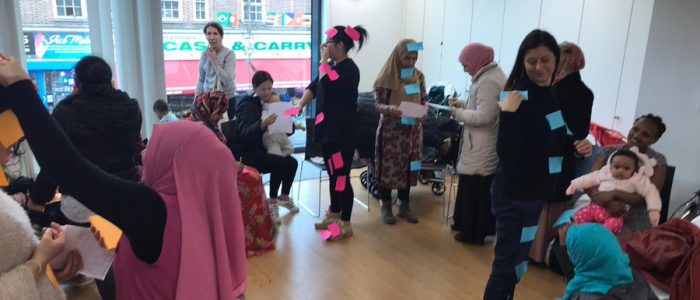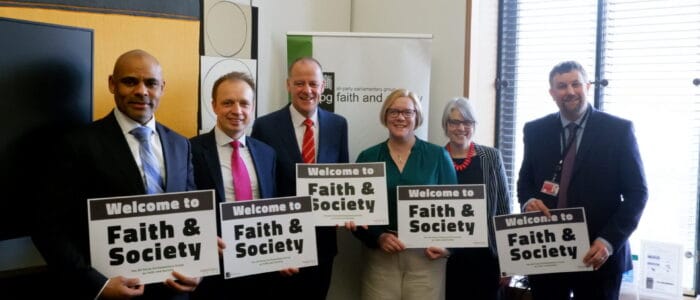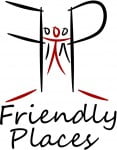Strengthening Community through Creative English

When I first started working with Creative English, I was excited by the idea of incorporating ‘community’. I imagined being a part of creating a safe and supportive environment that could be a haven from the rest of society’s troubles. I am pleased to say, I really do feel like this is the case: that Creative English sessions inherently create an accepting and encouraging atmosphere. I run three different groups and each is unique and varied, yet underpinned by that same group culture. What I had perhaps not expected to see was the idea of ‘creating community’ extend so far beyond just the sessions where we come together.
As our tagline—laugh your way to confident English—suggests, building confidence is just as important as improving language in Creative English. In fact, I’ve seen that you can’t really have one without the other. The programme is specifically designed to aid this, and the proof is in the pudding! We recently found that every single one of our learners—taking part in Creative English at one of 70+ hubs around the country—report feeling more confident after being part of at least 10 sessions! Naturally, this impacts their lives beyond the class and the friends they make there; it leads to great benefits for the wider community too.
So, how does this happen, and what does it actually look like for learners and their immediate communities?
The Creative English methodology uses roleplay and stories that are recognisable to real life. This could be a mum needing to call the school when her child has lost their homework assignment, or a tenant talking to their landlord about a problem with the heating. These scenarios are played out in a pressure-free, low-stakes environment where anyone can have a go regardless of their current level of English. It is therefore inevitable that this practice translates so well to the real world outside of the classroom.
I constantly hear examples of how practice in a session has had a knock-on effect in someone’s life. Just yesterday, a learner told me she had recently made friends with an (English-speaking) fellow mum at the school gates. That morning, she had asked the friend to collect her child from school for her so that she had time to complete a Food Hygiene course; she hopes to start her own catering company! Speaking to another parent at the gates could easily be seen as such a trivial thing but (and please excuse the cheese) instead we should see it as a gateway into that particular community, a way for them to connect with the school and fellow parents!
Other examples we hear very often are of people doing something not just in English for the first time, but doing it for the first time ever. This can be people booking appointments for themselves, using public transport, attending parents’ evenings, speaking to health professionals, enrolling in courses, and so on. These things make a huge impact on individuals’ lives and how they interact with the communities around them. Creative English has reached over 10,000 learners to date, many of whom will have taken a step further into their local communities because of the confidence that they have gained from these sessions.
What I have learnt so far is that Creative English is not about creating an insular community, where learners engage with each other but no further, but empowering people to be able to connect into the wider networks around them, increasing their sense of belonging within society, and allowing them to become active citizens within it!
If you would like to learn more about our Creative English programme, please follow the link to our website here.
To enquire about facilitating our Creative English programme, please email Martin at [email protected]


